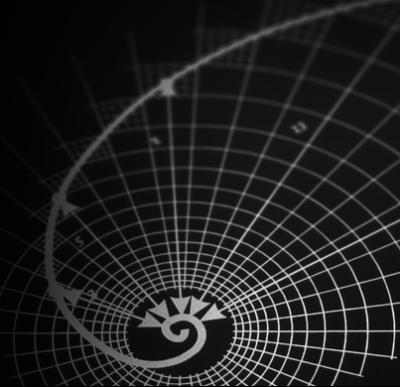This blog tells us how to calculate and plot the Stochastic Oscillator. We also understand the difference between the Slow, Fast and Full Stochastic Oscillator along with the advantages, as well as disadvantages of the Stochastic Oscillator.
The Stochastic Oscillator is not as popular as let’s say RSI, Bollinger Bands or Moving Averages, but it is useful if we use it with other indicators.
If you have read a few of our blogs about indicators in the past, you would realise that we usually pick one indicator and give an in-depth brief about it along with a few applications, as well as the strategies associated with it. Today we will be trying to tackle two indicators, i.e., the Stochastic Oscillator and Average True Range indicator. We will also see how they can be used to strengthen your trading skills and help you create a formidable strategy.
Stochastic Oscillator definition
The Stochastic Oscillator is a momentum indicator which compares the recent closing price of an asset to a range of its prices over a specific period of time. While the Stochastic Oscillator is supposed to be similar to RSI, another technical indicator, we will see later on in the article how the two indicators are different.
Why is Stochastic Oscillator used?
In the words of Dr George Lane, who helped create the Stochastic Oscillator, it is an indicator which does not follow price or volume but signifies the speed, or momentum of a price. In this manner, it helps us anticipate a change in the direction of the price.
Thus, the Stochastic Oscillator has become a well-known indicator among traders to identify a bullish or bearish trend in the market.
We will now understand how to plot the Stochastic Oscillator with the help of an example.
Example to understand the Stochastic Oscillator
The Stochastic Oscillator consists of two lines, %K and %D.
The story goes that in the 1950s, while George Lane and his colleagues were trying to plot different oscillators by hand, they would run out of chart paper due to the range of values. Thus they tried to express them as percentages.
After trial and error, with each formula expressed as an alphabet, they finally managed to create a stable indicator with %K.
We will look into %K in more detail now.
Formula for calculating %K
The %K can be expressed as,
[(Current closing price - lowest low price in selected range) / (highest high price in selected range - lowest low price in selected range)] * 100Stay Tuned for Part II in which Rekhit will discuss Calculating Stochastic Oscillator Live Market Example.
Disclosure: Interactive Brokers
Information posted on IBKR Campus that is provided by third-parties does NOT constitute a recommendation that you should contract for the services of that third party. Third-party participants who contribute to IBKR Campus are independent of Interactive Brokers and Interactive Brokers does not make any representations or warranties concerning the services offered, their past or future performance, or the accuracy of the information provided by the third party. Past performance is no guarantee of future results.
This material is from QuantInsti and is being posted with its permission. The views expressed in this material are solely those of the author and/or QuantInsti and Interactive Brokers is not endorsing or recommending any investment or trading discussed in the material. This material is not and should not be construed as an offer to buy or sell any security. It should not be construed as research or investment advice or a recommendation to buy, sell or hold any security or commodity. This material does not and is not intended to take into account the particular financial conditions, investment objectives or requirements of individual customers. Before acting on this material, you should consider whether it is suitable for your particular circumstances and, as necessary, seek professional advice.

















